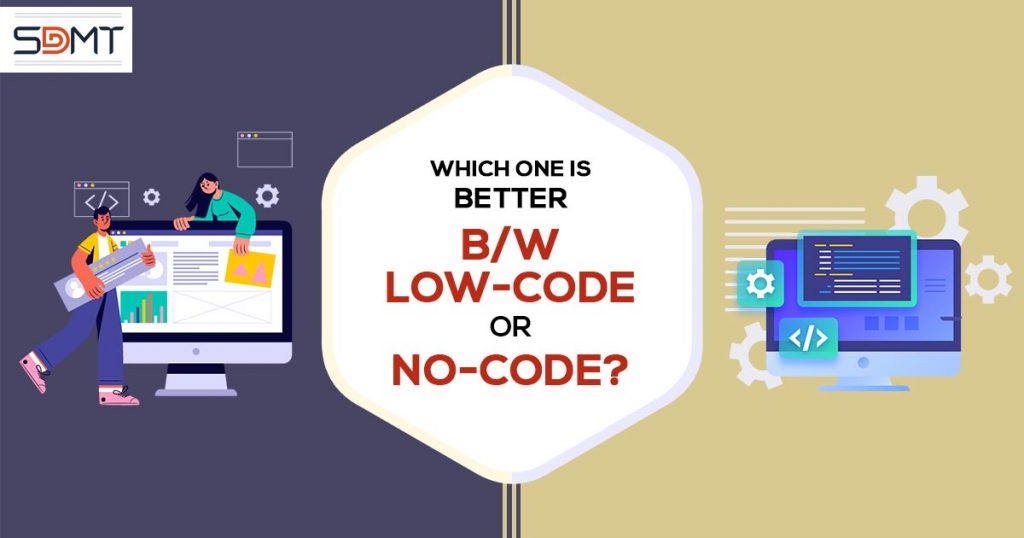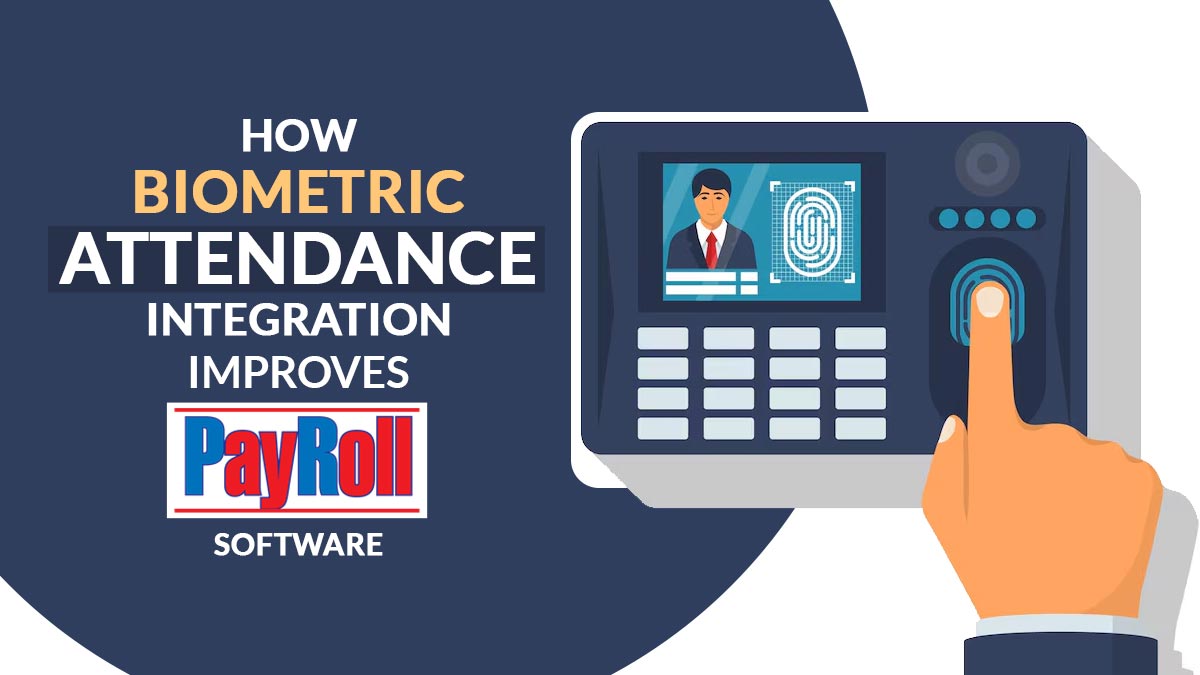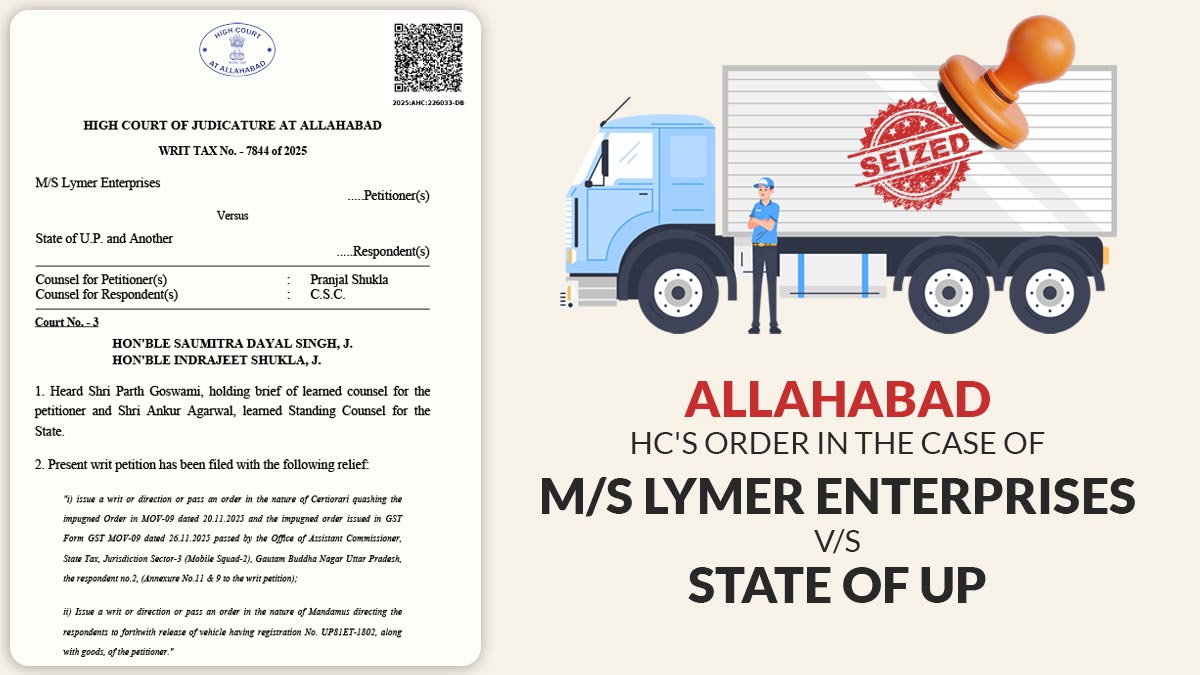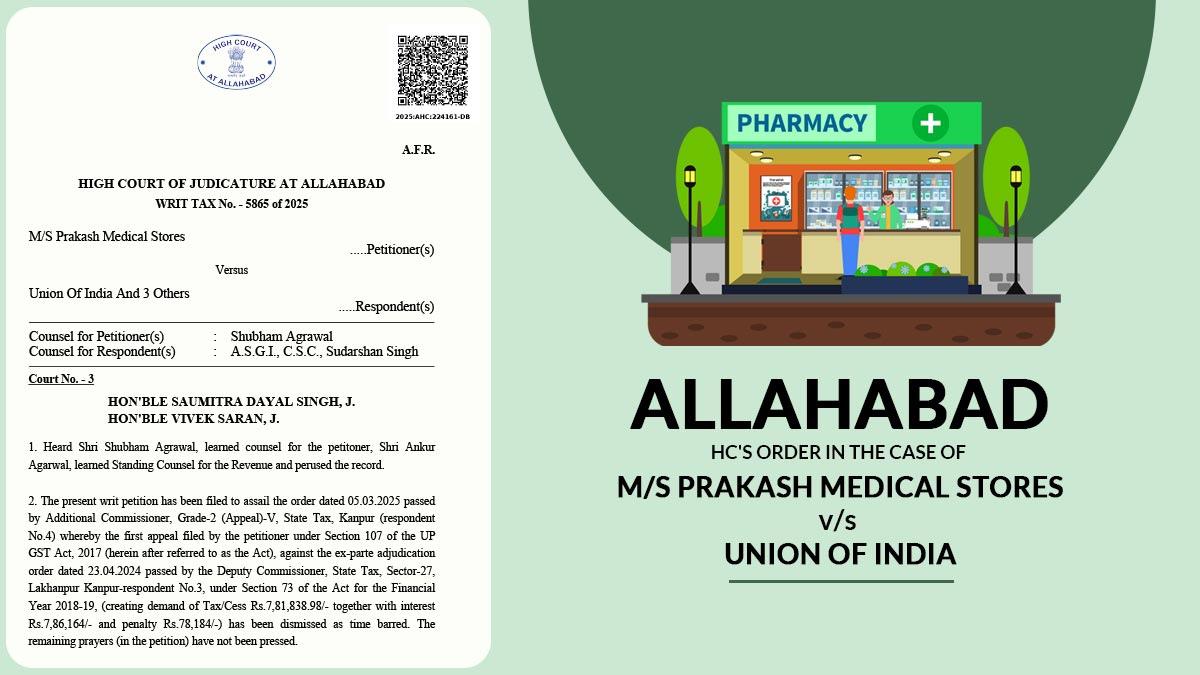
To calculate your income tax Business leaders, from small to large, now have it easier to wield more influence through the exact replication and comparison of Low Code vs No Code with the ideas into applications to the greatest extent possible and to cooperate for efficiency in the creation of enterprise-grade software applications thanks to significant advancements in business process application development.
Low-code and no-code platforms are those that make it simple to drag and drop components or blocks to create complex business process applications. These solutions do away with the need to maintain and manage IT personnel. Everyone in your organization, including you as a business owner, who has no coding skills, may get into application development and build potent apps that serve your needs and goals.
Exact Meaning of Low-code
Low-code software development is a technique for building apps and procedures that uses little to no coding. A minimal code development platform can employ visual interfaces with straightforward logic and drag-and-drop capabilities in place of complex programming languages. These simple methods may be used by people without substantial coding or software development knowledge to create software for a range of applications, including mobile and commercial apps.
Exactly What is The No-Code?
A programming platform called No-code enables non-technical users to build apps by dragging and dropping software elements to create a complete app. Users may construct apps using No code without any prior coding knowledge.
What Are the Terms Low-Code and No-Code Platforms Tell?
Users with no coding experience or very little coding experience may create and deploy apps more rapidly thanks to low-code and no-code application development approaches. Both low-code and no-code are intended to empower non-technical individuals to create original solutions, freeing up technical resources for more challenging tasks.
The easier of the two platforms is no code. A visual, drag-and-drop, no-code architecture may be used to design straightforward yet useful programs. In this context, it will be difficult to alter historical systems, they won’t be accelerated well, and integration prospects will be limited. Instead, this development approach is more suited to supporting teams with focused, constrained demands.
The simplicity and ease of no-code platforms can have certain disadvantages. Because so much of its architecture is predetermined by those who built it, the ability to change it is minimal to nonexistent.
Why, if no-code systems offer few features, have they been able to last as long as they have? This is especially true if you do not want to (or simply cannot) wait for your internal IT personnel to construct anything for you because they are easy to use even if you have no coding expertise or competence.
Related: Best Strategies for Getting Success with No-Code Low-Code
Low-Code solutions, on the other hand, are more flexible — sort of a middle ground between comprehensive human coding and no-code. Like their no-code equivalents, low-code systems can include drag-and-drop functionality and be graphical. They also give designers the best of both worlds in that development speed may be accelerated without having to repeatedly copy basic code since they are open, flexible, and permit coding or programming. Scalable designs, open APIs for renewability, and flexible implementation options in the cloud or on-premises are further benefits of low-code platforms.
A Comparison with Features of Low-Code and No-Code
While no-code platforms allow business users to construct apps without any coding to fulfill their business goals, low-code platforms are typically used by IT experts with coding expertise to create complicated bespoke applications.
You may learn more about the differences between low-code and no-code development platforms by looking at the characteristics listed below:
Application Integration Process
You could need to connect data from a variety of systems, depending on the type of app. No-code platforms typically fall short whereas low-code development platforms frequently provide outstanding system integration flexibility. Because the creation of applications without proper control or examination might result in shadow IT. Such effects include security risks, regulatory difficulties, integration problems, applications that use more resources than necessary, and escalating technical debt.
Need of Training
No technical knowledge is necessary to use no-code development platforms. But, low-code platforms are only suitable for people who are familiar with programming because they provide customization and feature more complicated tools. So, there is potential for staff low-code training.
Technical Business Applications
Both no-code and low-code development platforms may be used to build internal business apps. On the other hand, low-code platforms make it possible to develop popular apps that support critical business processes. No-code development environments are perfect for creating applications that solve simple business issues on their own.
Audience Category
No-code platforms are perfect for any employee who wants to innovate and enhance processes, as the discussion above has shown. Platforms with low code are built for creating enterprise-level apps. Low-code platforms were utilized to create Covid-19 testing websites, a pharmacy locator application, etc. when Covid-19 first appeared. As a consequence, it’s a great tool for DevOps teams and software engineers aiming to save costs and time associated with development.
What are the Differences Between Low-code vs No-code Systems?
| Low-Code | No-Code | |
| Primarily Serving | Developers | Business Users |
| Primarily Objective | Development Speed | Ease To Use |
| Coding Need | Low present | No Coding |
| Customization | Available Customization | Customized pre-built templates |
| Platform Lock-in | Platforms Free to move | The Same Platform locked |
| End-to-end Development | End-to-End Development | platforms Limited Capabilities |
| Purpose | Rapid Application Development tool for developers | Application Self-service for business users |
| App Complexity | Complex Apps Creation | Simple apps Creation |
| Cost Effectiveness | Cost-effective for an existing team of developers | Cost-effective for backlogged IT teams and high requirements |
Solutions with Low-Code and No-Code for Many Use Cases
No Code may help a company’s operations and return on investment in a number of different ways. But, you might be wondering how no-code solutions could be tailored to especially help *your* business. No matter the size or industry, the following are some use cases that no-code has to offer:
Reporting of Business Intelligence
The finest reporting tools are essential for business intelligence analysts and programmers who want to turn raw data into actionable insights. You’ll discover that no-code solutions are just what you need. You may gain real-time access to your company’s data and utilize no-code to convert it into practical data grids, visualizations, and important statistics.
Data Management Applications
With a no-code platform, you can connect your data sources to any database, including MS SQL Server, MySQL, PostgreSQL, and others, and edit, add, delete, and update data. Database apps for businesses may be made quickly and simply. Information gathering, storing, sharing, and collaboration has been simpler. Your code-free custom database comes with a modular extendable structure, configurable interface, data export/import functionality, and ready-to-use templates.
Low-code platforms may be used to build more complex programs and can handle a larger range of use cases due to their general-purpose nature. Examples include:
- Use cases that make use of cutting-edge next-generation technologies. Many low-code systems include a huge component library established by industry leaders, as well as the ability to leverage third-party cloud digital solutions such as AI, machine learning, cryptocurrencies, facial and voice identification services, and accessible tools.
- Pre-built user interface designs for customer experience applications for mobile are intended to help you increase usability and acceptance while maintaining the integrity of your brand’s marketing strategy.
- Apps that cut across departments and domains to boost output and performance.
Read Also: 10 Popular Trends of Low-code No-code Platforms
The Necessity of Low-Code vs No-Code Programs
The demand for the most recent software has soared. By 2023, there will be over 500 million digital services and applications created and deployed, which is equal to the number of apps created in the preceding 40 years, predicts International Data Corporation (IDC). However, there are still not enough new programmers available to help with the creation of such programs.
For instance, according to the US Bureau of Labor Statistics, there will be 1.4 million open opportunities for computer programmers in future, but only 400,000 recent graduates will be qualified to fill them. IT teams desire a more effective means of quickly creating solid apps because businesses cannot solve this problem by hiring additional people. Platforms for low- and no-code development can assist in locating a solution. Software developers may easily construct apps with low-code and no-code features by using visual design tools and a drag-and-drop user interface. Using these features, you may construct software by merely drawing a flowchart rather than writing lines of code to create internal apps.
There is a difference between “low-code” and “no-code,” despite the phrases occasionally being used interchangeably. Low-code solutions cater to users with some coding experience or programmers who need to create programs rapidly by utilizing visual development environments and automated connectivity to back-end systems, databases, web services, or APIs. Even further, no-code solutions provide visual drag-and-drop user interfaces that don’t require any coding at all.
Business Scenarios
Create an application utilizing a no-code platform, and it will only support front-end business scenarios while covering basic tasks and procedures. Although low-code apps may be more complex, they do require a greater level of technical knowledge.
When it comes to building professional-grade apps for both businesses and consumers, low code is a great option for companies starting their digital transformation. On the other hand, no-code platforms may be a great approach to spur organizational innovation by giving every business a platform to implement fresh and innovative ideas. It is not always this one color, though, since the line separating low-code vs no-code platforms are starting to blur.
SDMT LCAP/LCNC platform is a future that is primarily created using Java, Angular, and its practical features such as IDE, framework, and development tools, but it does not include any third-party software. SDMT’s low-code no-code development platform includes a number of in-house built tools, utilities, and APIs that may be utilized independently.
The market for mobiles and tablets has expanded dramatically, and technological advancements have supplanted the value of laptops/PCs in our lives. As a result, there is a significant need for mobile applications and software nowadays. The SDMT LCAP and low code no code platform building program may be deployed as a mobile app and does not require internet access. The identical application may be set up on a server, desktop, or cloud platform.








